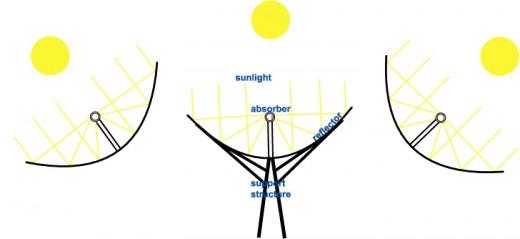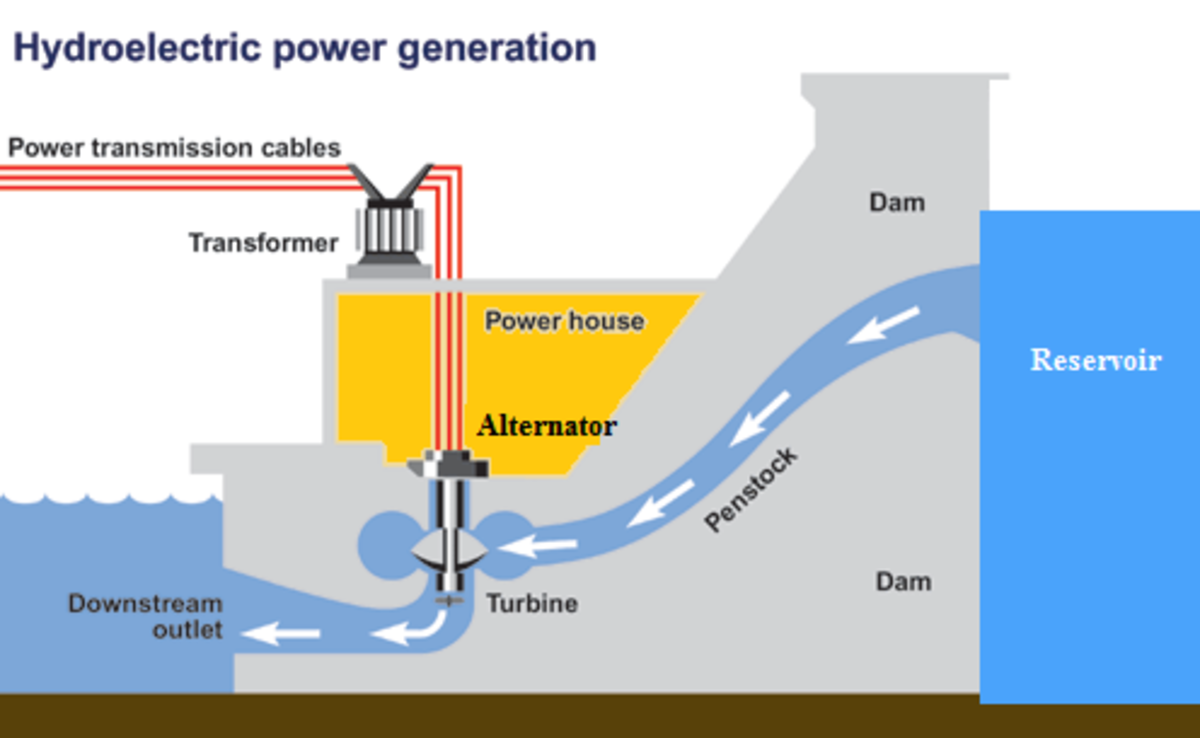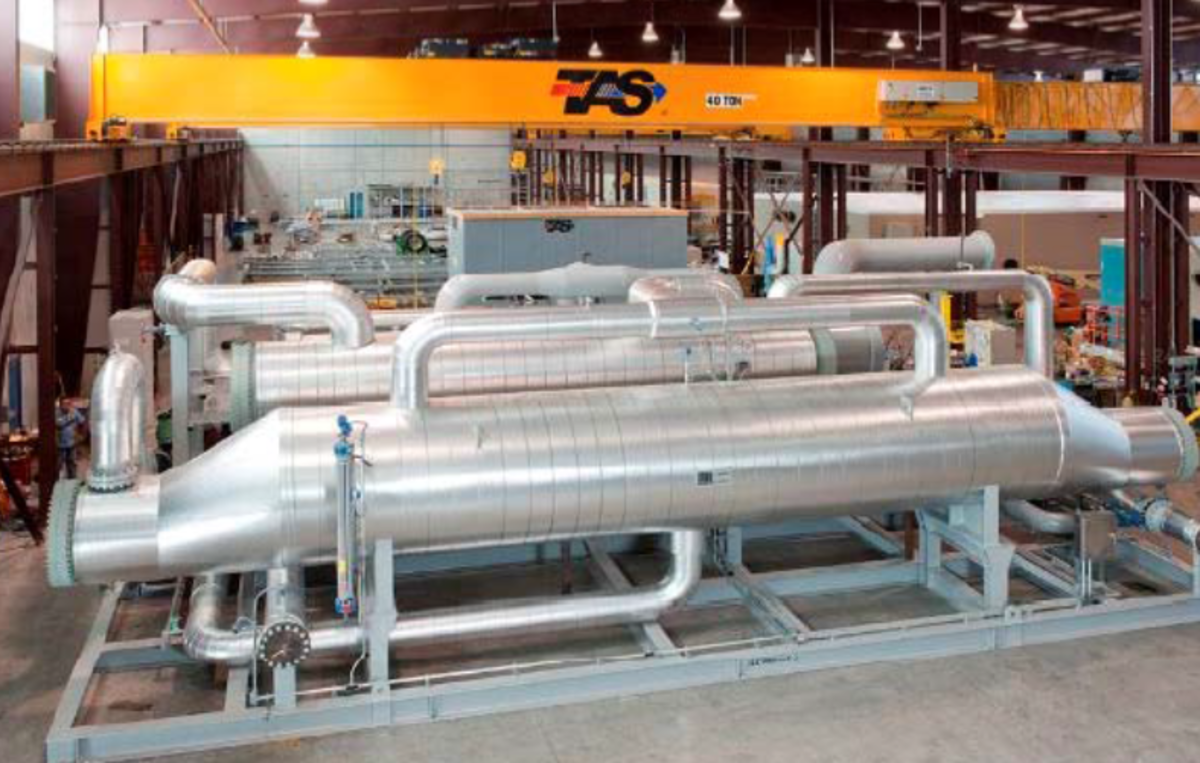Parabolic trough systems and their components
Concentrating solar power (CSP) systems, especially parabolic troughs with their most proven and tested designs have their place in the power generation market. They increase their potential by delivering more consistent power by implementing thermal storage tanks or integrate them into natural gas combined cycle plants. Yet another advantage I would like to discuss is the option to use proven, off-the-shelf (OTS) material for many of their components.
The picture below gives a very schematic view of the main components of the collector. It is a side view showing the sunlight being reflected by the reflector/mirror and focused on the absorber tube, also called heat collection element (HCE). The absorber runs along the focal line of the parabolic trough and contains a heat transfer medium. By focusing and thus concentrating the sunlight, the medium is being heated up and, via heat exchanger, heats up steam for the steam turbine on the power generation side.
The collector is mounted on a pylon along the North/South axis and rotates as it tracks the sun from East to West throughout the day. Details and lots of other useful information can be found, e.g., on the National Renewable Energy Laboratory’s website.

Many parts of a parabolic trough plant can be designed by using OTS parts or proven components, which are readily available. Ranging from the support structures, reflector/mirrors, tubing, heat transfer fluid, motors on the solar field side, to turbines, or cooling towers, etc. on the power generation side.
Basic components of the collectors on the solar field side are the reflectors. Their purpose is to reflect as much of the sun’s rays as possible and therefore, they either consist of mirror glass, polymer mirror films, which are lightweight and low cost, or thin metal based mirror sheets with durable protective coating. The choice will depend on the desired reflectivity, weight, and durability in a sometimes rough environment (sand, wind, rain).
The material of choice for the heat collection element is usually an austenitic stainless steel tube with excellent corrosion resistance at high temperatures, given the temperature range of about between 250 and 400 deg C of the fluid that flows inside. The heat transfer medium that runs within the absorber tube is usually a commercially available synthetic (common brands are Dowtherm A, Therminol VP-1, or Xceltherm 600, e.g.) or mineral oil (for the lower temperature range, ca. 300 deg C max).
Some prototype plants are testing molten salt or water (direct steam generation) as heat transfer medium to increase the working temperature and thus efficiency.
Popular materials for the support structure are steel or aluminum (due to its high strength-to-weight ratio and corrosion resistance). The tracking system can consist of off-the-shelf motors, sensors, and even tracking algorithms are available.
Power generation components like heat exchangers, steam turbines and generators, and other typical plant equipment like condenser, pumps, etc., are the same like in a conventional power plant.
Of course, this should not imply that the way is all clear for CSP power plants. Besides the issue of market competitiveness, they encounter numerous other challenges.








